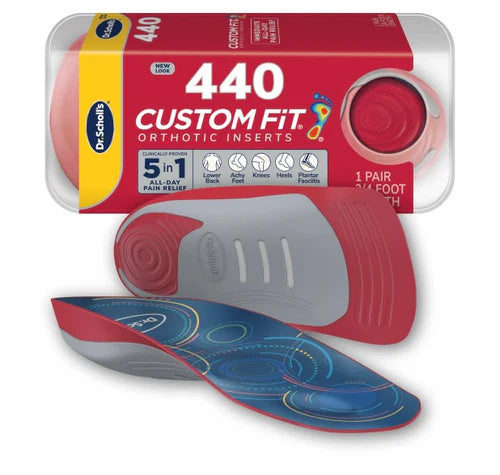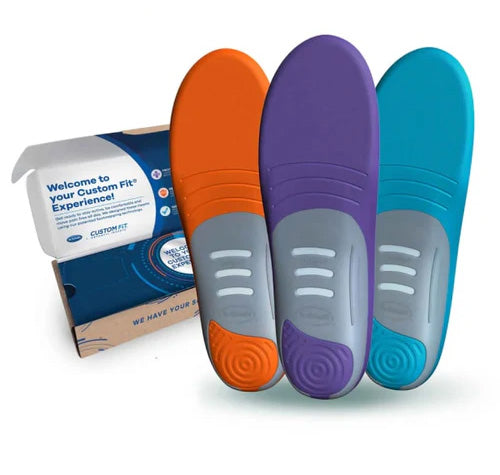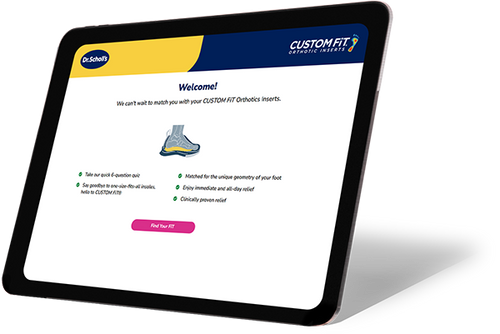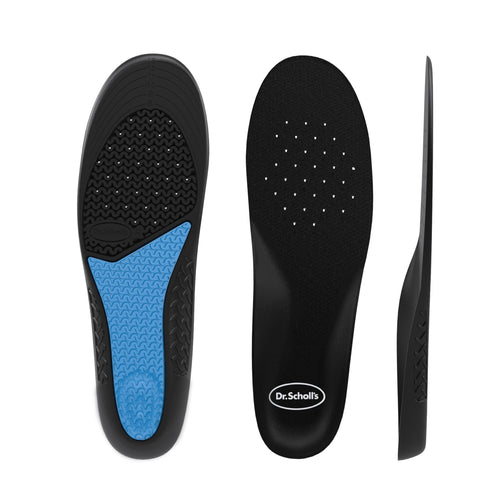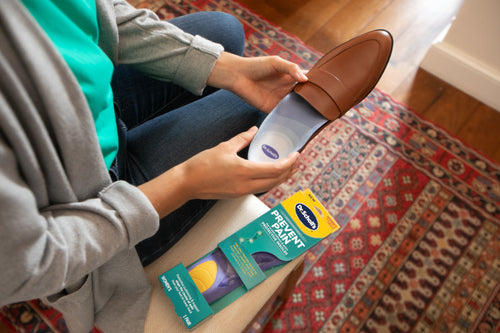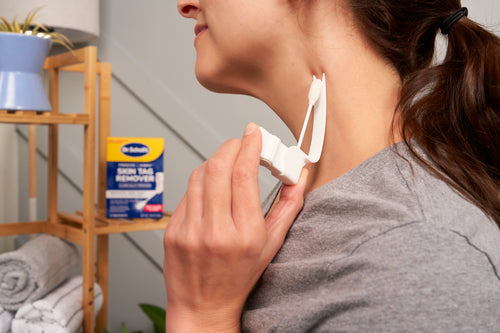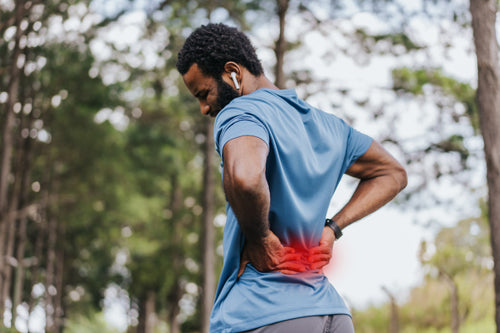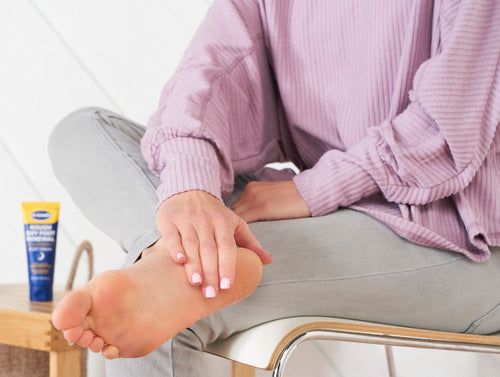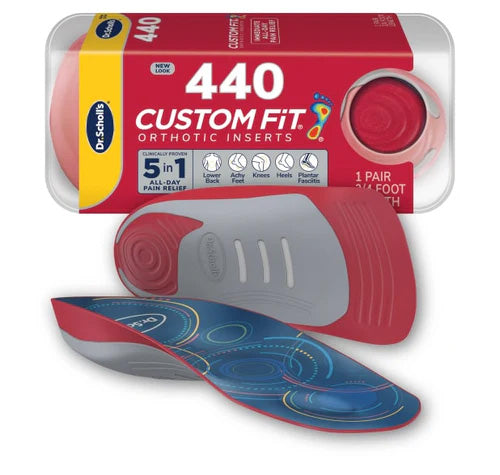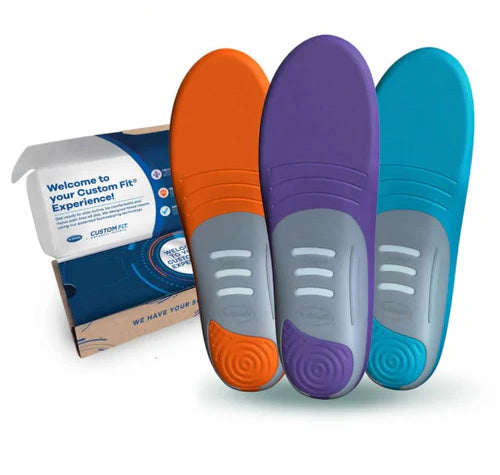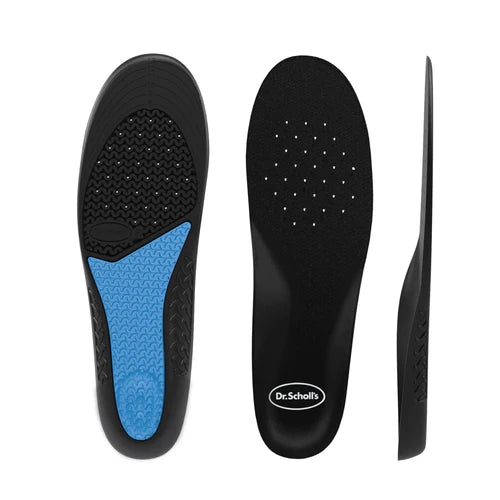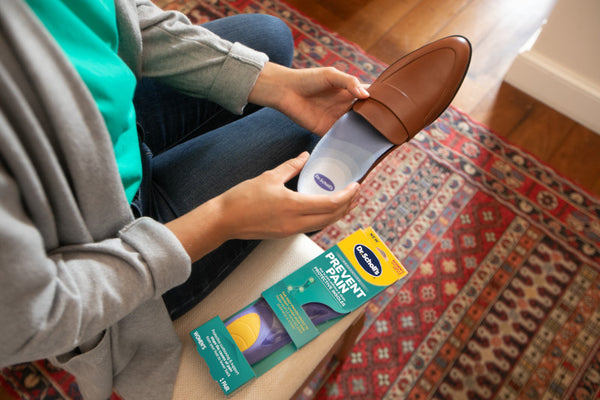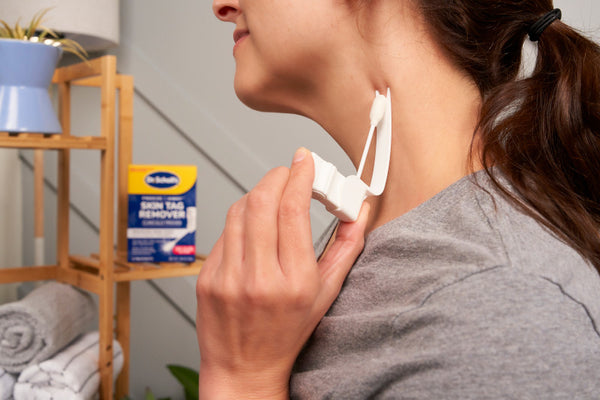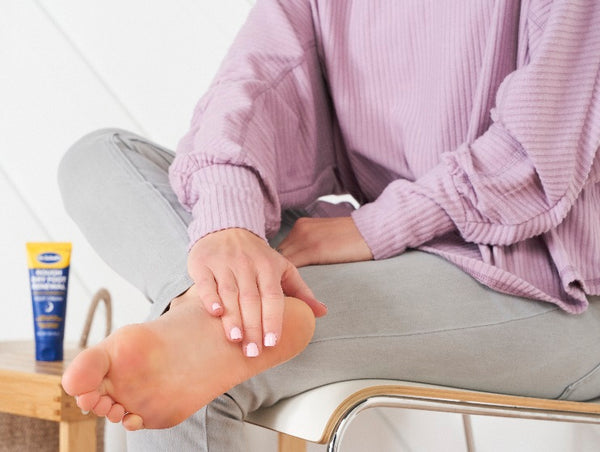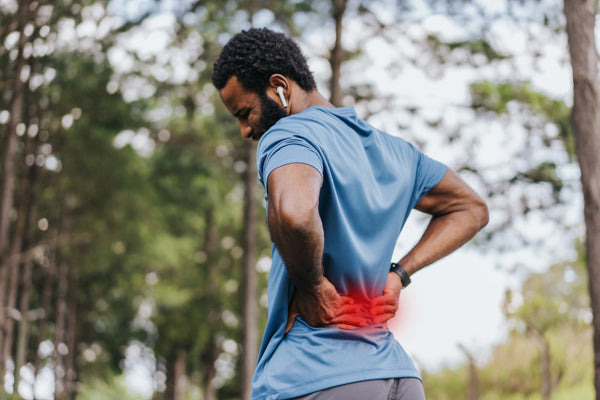What causes heel pain?
There are many different causes of heel pain. Some of the most common include:
Plantar fasciitis — Usually the result of overuse, plantar fasciitis occurs when the plantar fascia (a ligament located along the bottom of the foot) becomes inflamed. Plantar fasciitis typically produces a sharp pain in or underneath the heel. Usually the bottom of heel pain is most severe first thing in the morning after getting out of bed.
Achilles tendinitis — Like plantar fasciitis, Achilles tendinitis is typically an overuse injury. The issue stems from damage and inflammation in the Achilles tendon, which attaches the muscles in the calf to the heel bone in the foot. Achilles heel pain usually begins as a dull ache just above the back of the heel. While the pain may start out mild, it can intensify over time or following strenuous physical activity. The area around the back of the heel may feel stiff and swollen. There can be back of heel pain when walking if a shoe rubs against the back of the tender heel area.
Achilles tendon rupture — Unlike Achilles tendinitis, an Achilles tendon rupture is an injury that’s typically caused by a specific event such as a swift, forceful movement when playing sports. When the Achilles tendon is ruptured, there’s usually a sudden, severe and sharp pain in the lower leg above the heel. Some people report that it feels like they were kicked in the calf.
Heel bone bruise — The heel bone can become bruised due to some kind of an event that causes forceful impact to the heel bone, such as landing hard after jumping or falling, or stepping on a hard object such as a rock. A heel bone bruise can cause pain and tenderness in the heel area. There may be swelling and it’s possible to have discoloration although many heel bone bruises don’t produce visible symptoms.
Heel bursitis — The joints of the body are cushioned with bursae, fluid-filled pouches that lubricate and cushion. If inflammation occurs in the bursa of the ankle, it can cause pain in the back of the heel, between the heel bone and Achilles tendon. The condition can cause pain and tenderness along with swelling.
Heel spurs — Also known as bone spurs, heel spurs are bony growths that form on the heel bone. While some heel spurs produce no symptoms, in some cases, the heel may feel tender to the touch and there may be heel spur pain when standing or walking. Some heel spurs form a bump that can be felt or seen from the outside.
Heel bone fracture — A fracture of the heel bone typically occurs as the result of a traumatic accident such as a car accident or a fall from a considerable height. This type of injury produces immediate intense pain and requires prompt medical attention.
While anyone can suffer from discomfort in the heel area, there are factors that can increase the risk of heel pain, including:
Excess weight — Carrying extra pounds puts stress on the lower body, including the feet. This increases the risk of heel pain.
High-impact sports — Repeated stress on the feet from high-impact sports that involve running and jumping can lead to heel pain.
Structural issues of the foot — Conditions such as flat feet and high arches can affect how body weight is distributed across the feet, potentially leading to heel pain.
Hard surfaces —Standing for extended periods on hard surfaces can contribute to heel pain over time.
Improper shoes — Wearing shoes that don’t have adequate support or cushioning can cause stress to the feet, potentially causing heel pain.

